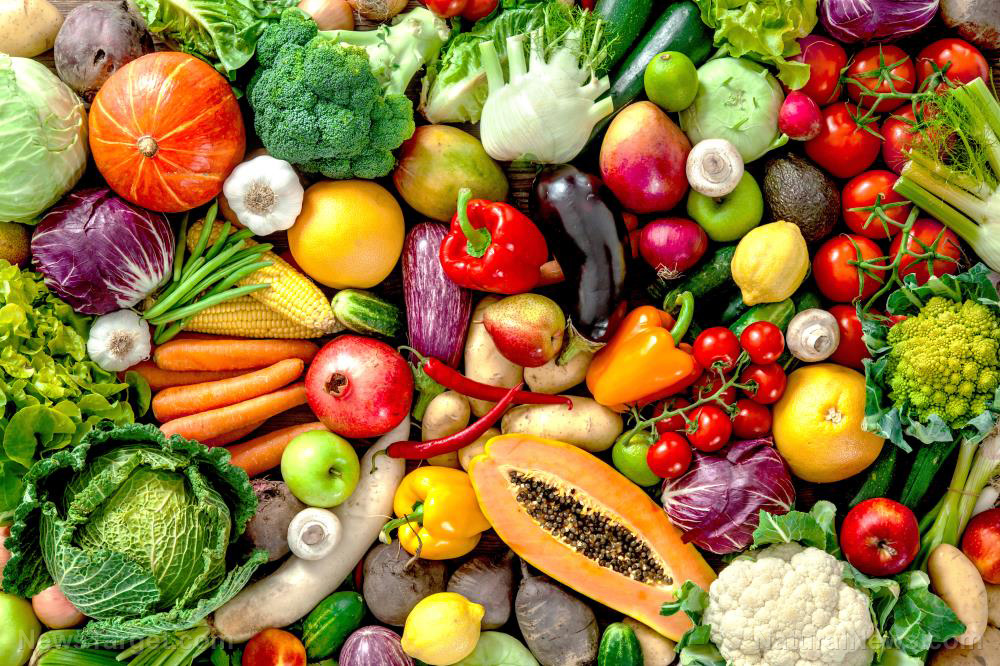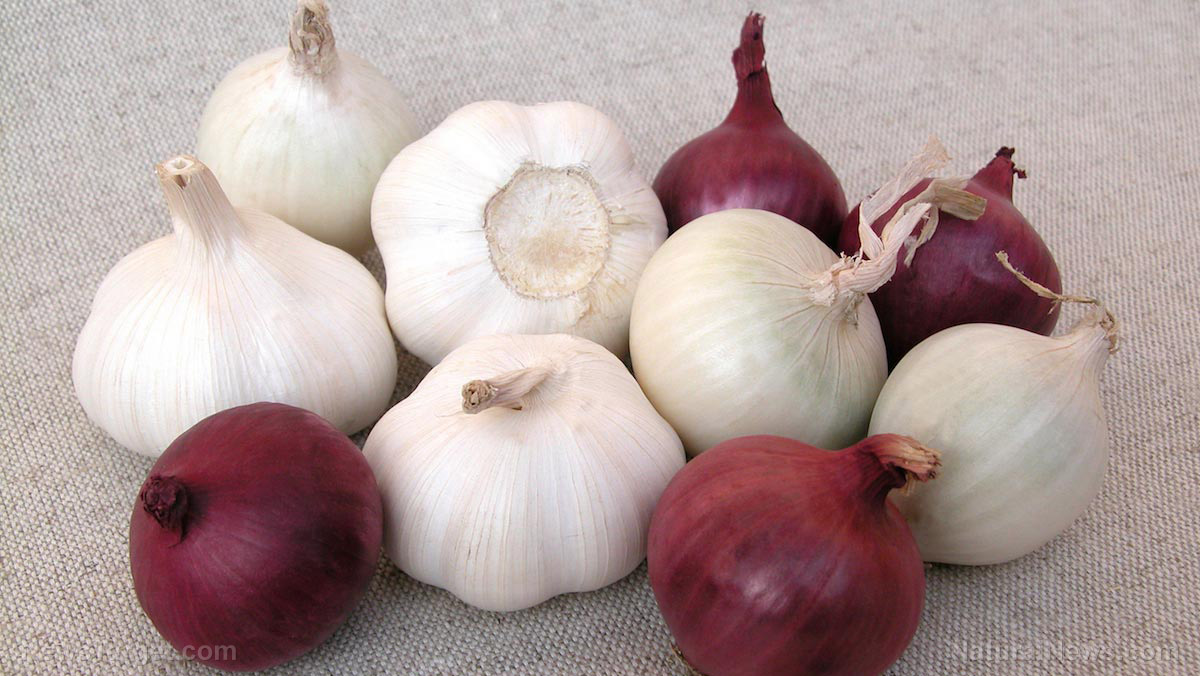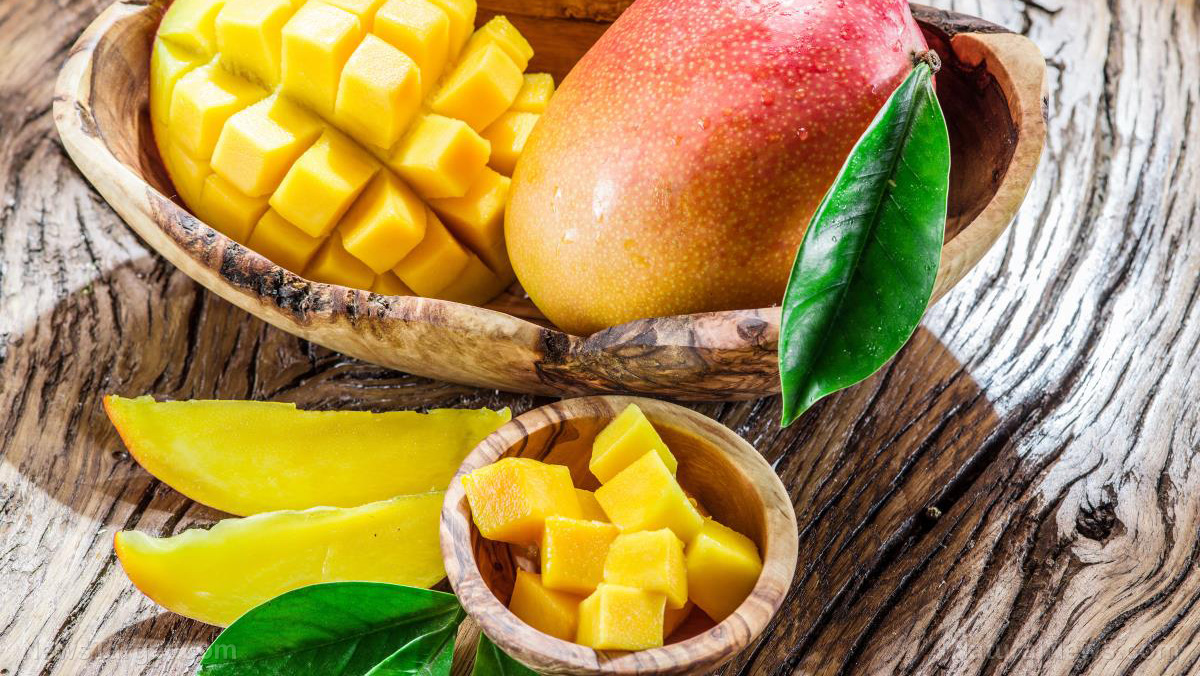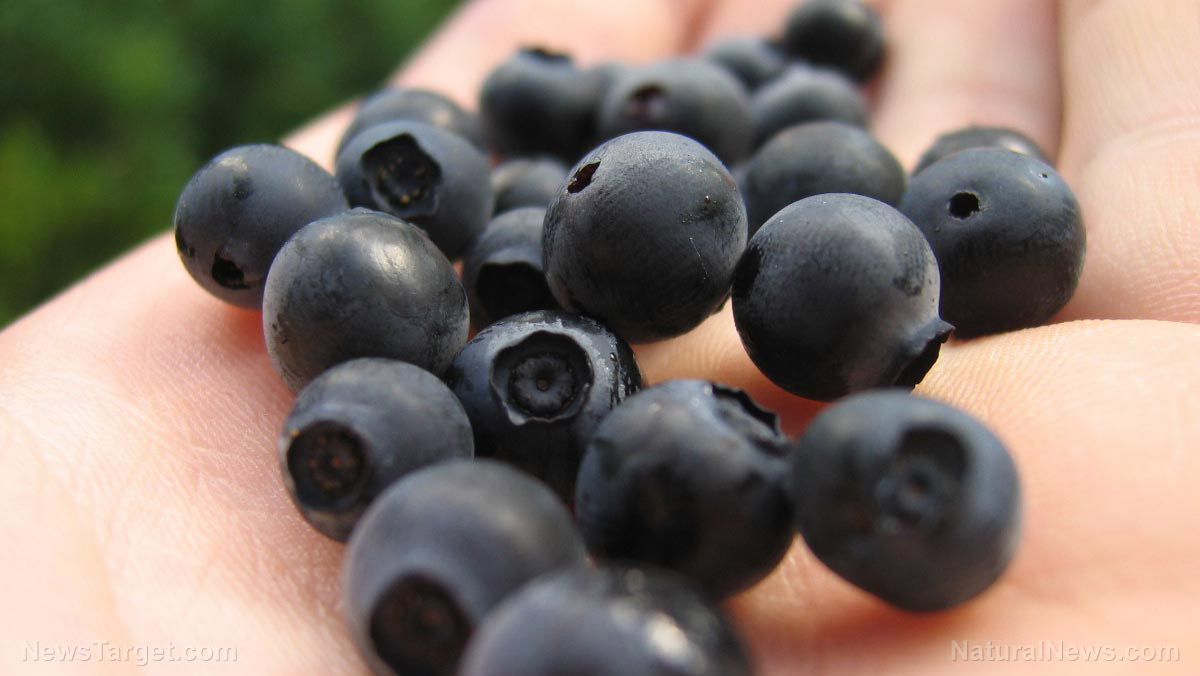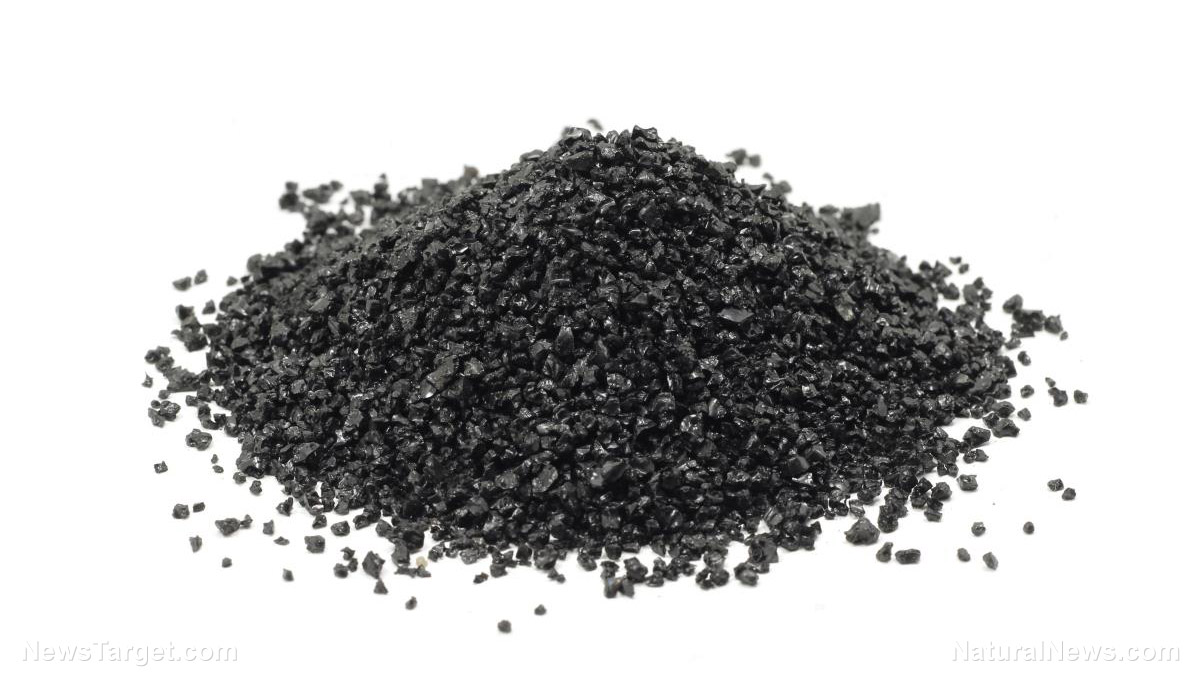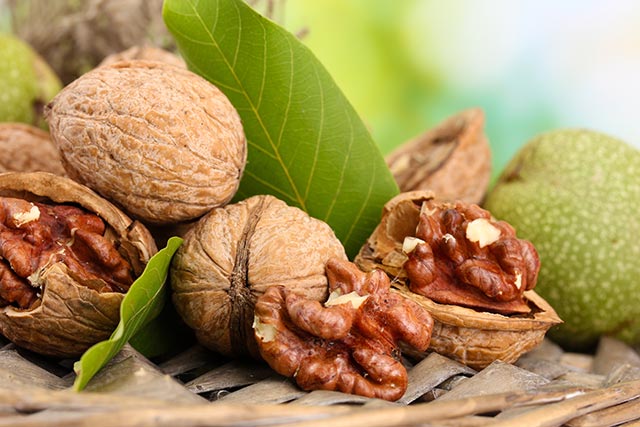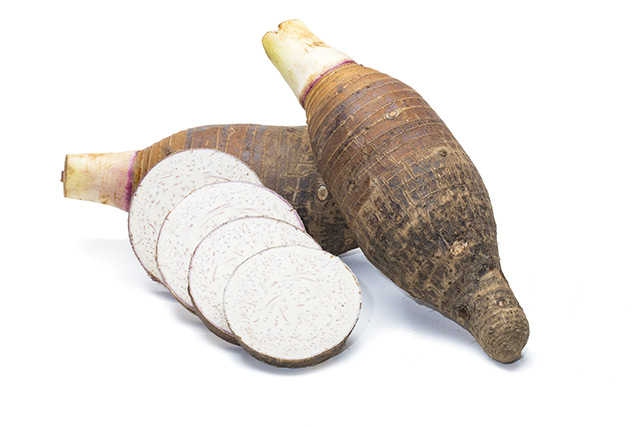Cover crops offset nutrient loss from crop residue removal
03/31/2018 / By Ralph Flores

The use of cover crops could attenuate the effects of crop residue removal in the soil, according to a study published in Agronomy Journal. In the study, researchers conducted a comprehensive review of how cover crops affect the soil following crop residue removal.
- The practice of crop residue removal is common, especially for livestock or biofuel production.
- However, when the plot is repeatedly exposed to crop residue removal, it reduces the level of organic carbon in the soil. In this study, the researchers looked at the effects of corn residue removal on the soil organic carbon levels and other properties.
- The review collected other studies that discussed the impact of cover crops after crop residue removal. In particular, the effect of cover crops on the level of soil organic carbon was analyzed, as well as those that list the challenges and opportunities of the practice.
- Based on the review, the researchers found that crop residue removal reduced soil organic carbon levels. When the removal procedure is 50 percent of the land or greater, the loss of soil organic carbon is at 0.87 megagrams per hectare per year (Mg ha–1 yr–1) and 0.31 Mg ha–1 yr–1 when it covers less than 50 percent of the land.
- Upon the application of cover crops, the level of soil organic carbon increased to 0.49 Mg ha–1 yr–1.
Researchers posited that based on the result, cover crops could offset at least part of the soil organic carbon that was lost during crop residue removal.
Journal Reference:
Ruis SJ, Blanco-Canqui H. COVER CROPS COULD OFFSET CROP RESIDUE REMOVAL EFFECTS ON SOIL CARBON AND OTHER PROPERTIES: A REVIEW. Agronomy Journal. 2017; 109(5); DOI: 10.2134/agronj2016.12.0735
Tagged Under: biofuel production, cover crops, crop residue removal, livestock, nutrient loss, organic carbon, soil, soil carbon, soil health, soil organic carbon




